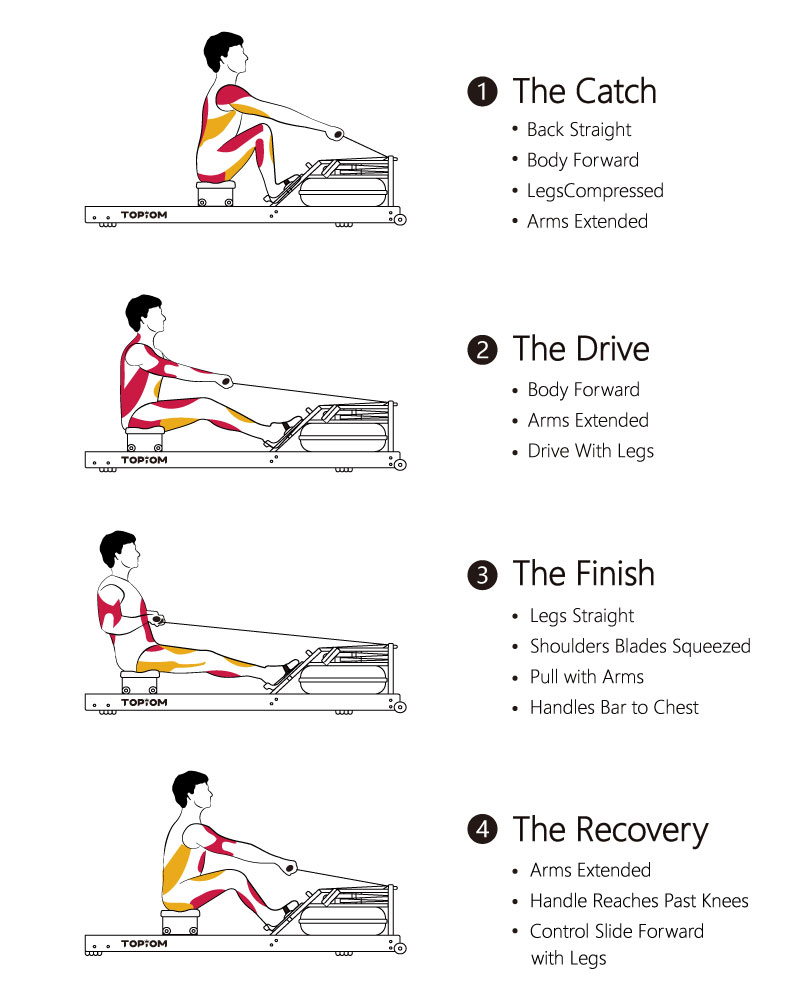
Beyond the Plans: Unconventional Insights into Building Your Rowing Boat
Building a rowing boat isn't just about following plans; it's about understanding the nuances, embracing the unexpected, and crafting a vessel uniquely yours. While countless "step-by-step" plans exist, this review delves into often-overlooked aspects, offering new perspectives for hobbyists, builders, and educators alike.
Beyond the Lumberyard: Sourcing Sustainable and Unique Materials
Most plans assume readily available lumber. But what if you could build sustainably and uniquely?
Q: Can reclaimed wood transform a simple plan into a masterpiece?
A: Absolutely! Reclaimed wood, from old barns or pallets (after proper treatment!), offers a unique character and reduces environmental impact. Consider the patina and history each piece carries â€" a story woven into your boat's very fabric. Research shows a significant rise in interest in using reclaimed materials in construction projects (Source: [Cite a relevant study on sustainable building materials]). Think beyond standard lumber; experiment with responsibly sourced bamboo or even (with expert advice) treated driftwood for accents.
Q: How can I minimize waste and maximize material usage?
A: Detailed planning is crucial. Create a precise cutting list that minimizes offcuts. Utilize offcuts for smaller components or even artistic details. Explore joinery techniques that reduce waste â€" mortise and tenon joints, for example, often lead to less material use than simpler butt joints (Source: [Cite a woodworking textbook or website on joinery]). Think of creative solutions to utilize leftover materials - small pieces can be used for decorative elements or even turned into small functional items such as oars locks.
The Unsung Hero: Understanding Wood Movement and Its Impact
Many plans gloss over the dynamic nature of wood. But wood breathes, expands, and contracts with changes in humidity and temperature.
Q: How can I account for wood movement to prevent cracking or warping?
A: Understanding wood grain orientation is paramount. Select lumber with the grain running parallel to the boat's longest axis where possible to minimize warping. Incorporate expansion gaps in your construction; don't expect a perfectly tight fit everywhere. Proper sealing and finishing are crucial to protect the wood from excessive moisture fluctuations (Source: [Cite a resource on wood finishing and preservation]). Consider using epoxy resins to strengthen certain key joints and reduce the impacts of wood movement.
Q: What are some innovative solutions to mitigate the effects of wood movement?
A: Consider using epoxy resins for critical joints to create a more robust and less movement prone connection. Utilize flexible caulking in areas prone to expansion and contraction, such as seams. Design features that allow for controlled expansion and contraction, potentially integrating small relief cuts or gaps in your construction.
Beyond the Blueprint: Embracing Personalization and Innovation
Don't be afraid to deviate from the plans. Your boat should reflect your personality and skills.
Q: How can I add my own unique design elements without compromising structural integrity?
A: Personalization can enhance both aesthetics and functionality. Consider incorporating custom oarlocks, a unique paint job, or even carved details. However, always ensure that any modifications don't compromise the boat's structural integrity. Seek expert advice if you're uncertain about the impact of any significant design changes.
Q: What are some examples of successful unique boat designs from history and current trends?
A: Studying traditional boat designs from different cultures can inspire unique modifications and approaches. Consider exploring clinker-built designs or experimenting with alternative materials like fiberglass or composite elements for specific parts of the boat. Current trends show a renewed interest in lightweight, sustainable designs, so incorporating these principles into your boat would showcase both creativity and environmental consciousness. Search online for examples of unique boat designs using keywords such as "custom boatbuilding," "innovative boat design," or "sustainable boat construction."
Building a rowing boat is a journey of discovery. By embracing these unconventional insights, you’ll not only build a functional vessel but also a testament to your creativity, resourcefulness, and understanding of the art of boatbuilding.








No comments:
Post a Comment
Note: Only a member of this blog may post a comment.